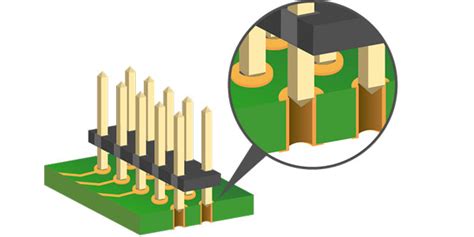
PCB Blog
-
Understanding Manufacturing Tolerances on a PCB – Track Width and Isolation Gap Tolerances
Posted by
–
 Read more: Understanding Manufacturing Tolerances on a PCB – Track Width and Isolation Gap Tolerances
Read more: Understanding Manufacturing Tolerances on a PCB – Track Width and Isolation Gap TolerancesWhat are PCB Tolerances? PCB tolerances refer to the acceptable variations in the dimensions and properties of a PCB during the manufacturing process. These tolerances are necessary because it is virtually impossible to manufacture a PCB with exact dimensions and specifications every single time. Tolerances allow for slight deviations from […]
-
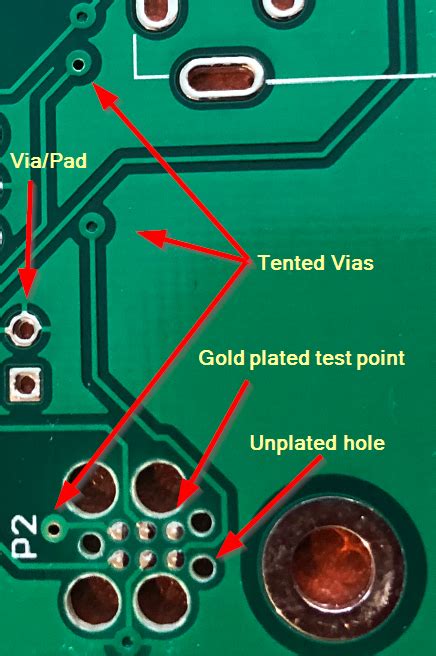 Read more: Soldermask on via-holes in case of chemical Nickel-Gold surface finish
Read more: Soldermask on via-holes in case of chemical Nickel-Gold surface finishIntroduction to Via-hole soldermask Via-holes are an essential component in printed circuit board (PCB) design, providing electrical connections between different layers of a multilayer board. The application of soldermask on via-holes is a crucial process that ensures the reliability and functionality of the PCB, especially when using a chemical Nickel-Gold […]
-
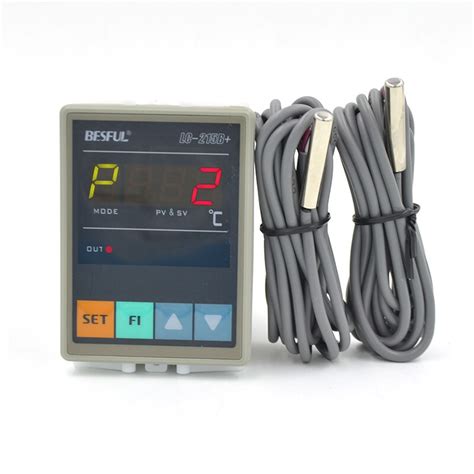 Read more: Temperature difference between external sensor and furnace sensor.
Read more: Temperature difference between external sensor and furnace sensor.Introduction to Temperature Sensors Temperature sensors are devices that measure the temperature of a particular environment or object. They play a crucial role in various industries, including HVAC (Heating, Ventilation, and Air Conditioning), manufacturing, and scientific research. Temperature sensors come in different types, such as thermocouples, resistance temperature detectors (RTDs), […]
-
CAD2CAM4PCB seminar well appreciated
Posted by
–
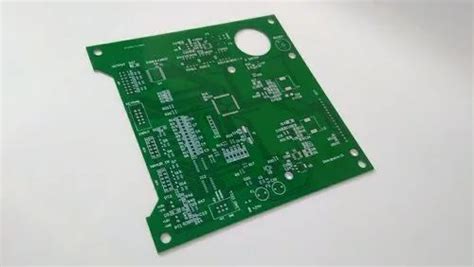 Read more: CAD2CAM4PCB seminar well appreciated
Read more: CAD2CAM4PCB seminar well appreciatedCAD2CAM4PCB: Bridging the Gap Between Design and Manufacturing One of the key topics discussed at the seminar was how CAD2CAM4PCB solutions are bridging the gap between PCB design and manufacturing. Traditionally, there has been a disconnect between the CAD design phase and the CAM manufacturing phase, leading to inefficiencies and […]
-
What is the Outer (Layer) of a PCB?
Posted by
–
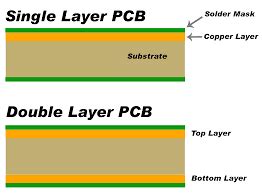 Read more: What is the Outer (Layer) of a PCB?
Read more: What is the Outer (Layer) of a PCB?Composition of the Outer PCB Layer The outer layer of a PCB typically consists of the following components: Copper foil: A thin layer of copper that is laminated onto the base material (substrate) of the PCB. The copper foil is used to create conductive traces, pads, and planes on the […]
-
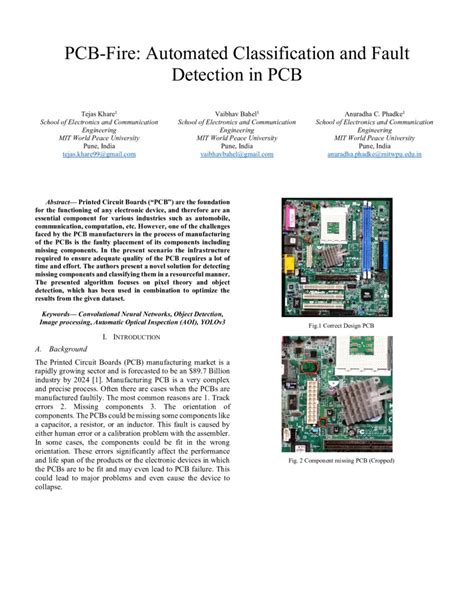 Read more: PCB Classification – Pattern Class and Drill Class
Read more: PCB Classification – Pattern Class and Drill ClassIntroduction to PCB Classification Printed Circuit Boards (PCBs) are essential components in modern electronics, providing a platform for interconnecting various electronic components. To ensure proper functionality and reliability, PCBs are classified based on several criteria, including their pattern complexity and drill hole requirements. Two key classifications used in the PCB […]
-
Advanced PCB and Stencils Services
Posted by
–
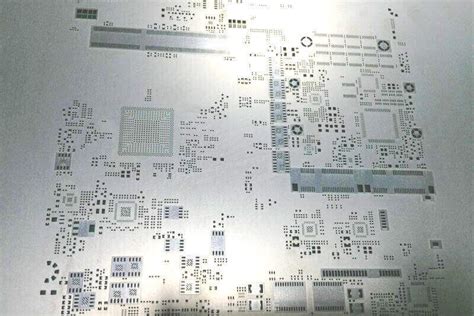 Read more: Advanced PCB and Stencils Services
Read more: Advanced PCB and Stencils ServicesIntroduction to PCB Stencils PCB (Printed Circuit Board) stencils are essential tools in the electronics manufacturing industry. They are used to apply solder paste onto the PCB Pads accurately and consistently, ensuring high-quality solder joints and reliable connections. In this article, we will explore the various aspects of PCB stencils, […]
-
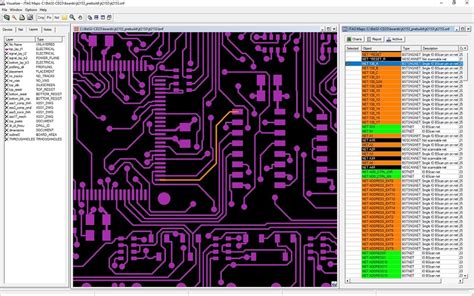 Read more: Tips & Tricks – Drill & Slot editor – a free new PCB Visualizer tool.
Read more: Tips & Tricks – Drill & Slot editor – a free new PCB Visualizer tool.Introduction to PCB Visualizer Tools Printed Circuit Board (PCB) design is a complex process that requires specialized software tools to create, edit, and visualize the PCB layout. PCB Visualizer tools are essential for designers to view and inspect the PCB design before sending it for manufacturing. These tools help in […]
-
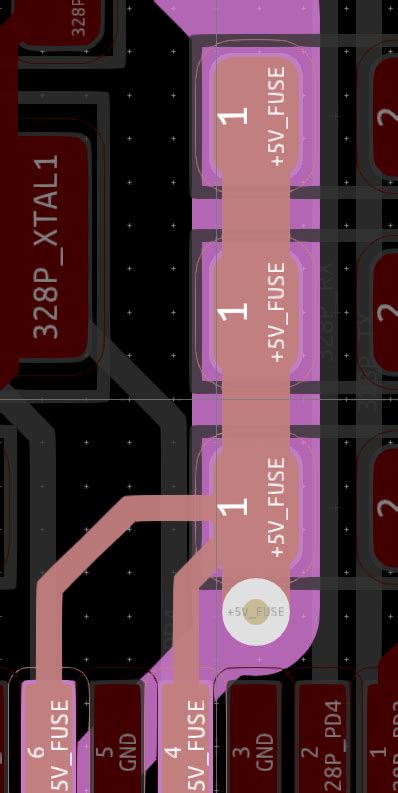 Read more: Understanding the Importance of Front-End Data Optimization In PCB Assembly
Read more: Understanding the Importance of Front-End Data Optimization In PCB AssemblyIntroduction to PCB Optimization Printed Circuit Board (PCB) assembly is a complex process that involves multiple steps, from design and manufacturing to testing and inspection. One of the most critical aspects of PCB Assembly is front-end data optimization, which plays a crucial role in ensuring the quality, reliability, and cost-effectiveness […]
-
Hi-speed designs seminar
Posted by
–
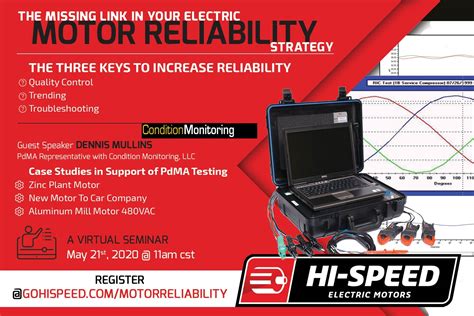 Read more: Hi-speed designs seminar
Read more: Hi-speed designs seminarIntroduction to Hi-speed Design Hi-speed design refers to the process of designing electronic systems and printed circuit boards (PCBs) to operate at high frequencies and data rates. As digital systems continue to increase in speed and complexity, understanding the principles of hi-speed design becomes increasingly critical for engineers. This seminar […]




